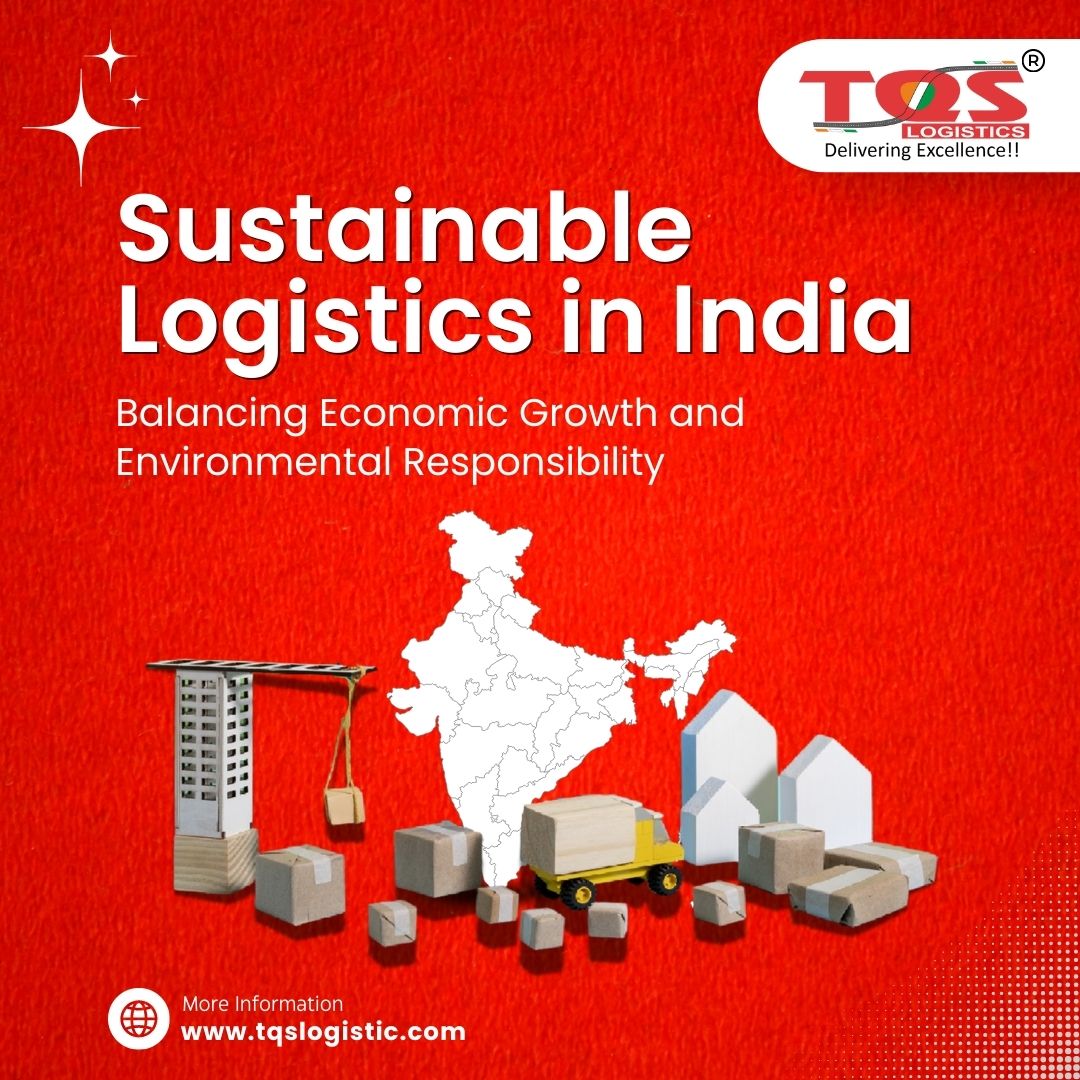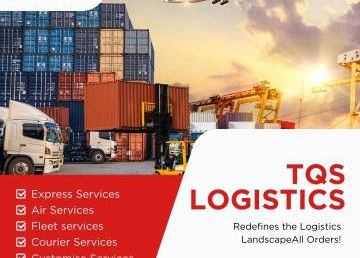
Sustainable Logistics in India: Balancing Economic Growth and Environmental Responsibility.
Sustainable logistics encompasses a range of practices aimed at minimizing the environmental impact of transportation, warehousing, and other logistics operations. It involves reducing carbon emissions, energy consumption, waste generation, and resource depletion throughout the express logistics services. Sustainable logistics also focuses on optimizing transportation routes, promoting alternative fuels, adopting green technologies, and embracing circular economy principles.
Sustainable logistics is crucial for India due to several reasons:
a. Environmental Impact: The logistics sector in India is a significant contributor to carbon emissions, air pollution, and resource consumption. Addressing these environmental challenges is vital for safeguarding public health, reducing the impact on climate change, and preserving natural resources.
b. Economic Benefits: Embracing sustainable logistics practices can yield economic benefits. Improved energy efficiency, reduced waste, and optimized supply chain operations can lead to cost savings, increased competitiveness, and enhanced reputation for businesses.
c. Regulatory Landscape: The Indian government has introduced policies and regulations that emphasize sustainable practices. Compliance with these regulations is crucial for businesses to operate legally and avoid penalties.
Several challenges hinder the adoption of sustainable logistics practices in India:
a. Infrastructure Constraints: Inadequate transportation infrastructure, including road networks, ports, and rail systems, poses challenges for efficient and sustainable logistics operations. Insufficient warehousing and distribution facilities also contribute to inefficiencies.
b. Fragmented Supply Chain: The fragmented nature of supply chains in India, with numerous intermediaries, adds complexity to logistics operations. This fragmentation makes it challenging to implement end-to-end sustainable practices.
c. Lack of Awareness and Capacity: Limited awareness and understanding of sustainable logistics practices among logistics stakeholders, including shippers, carriers, and government agencies, hinder the adoption of sustainable measures. A lack of capacity-building initiatives further exacerbates this challenge.
To achieve sustainable logistics in India, several strategies can be implemented:
a. Efficient Transport and Route Optimization: Emphasize transportation efficiency by optimizing routes, reducing empty miles, and consolidating shipments. This reduces fuel consumption, emissions, and congestion.
b. Alternative Fuels and Vehicles: Promote the adoption of alternative fuels, such as compressed natural gas (CNG), liquefied natural gas (LNG), and electric vehicles (EVs). Encouraging the use of eco-friendly vehicles helps reduce carbon emissions and air pollution.
c. Green Warehousing and Packaging: Implement sustainable practices in warehousing, such as energy-efficient lighting, rainwater harvesting, and waste management systems. Encourage the use of eco-friendly packaging materials and promote recycling and reusability.
d. Collaboration and Integration: Foster collaboration among logistics stakeholders, including manufacturers, distributors, logistics service providers, and government agencies. Integrated planning and information sharing can optimize operations and reduce inefficiencies.
e. Technology Adoption: Leverage technological advancements, such as real-time tracking systems, predictive analytics, and warehouse automation, to improve efficiency and reduce waste. Embrace digitization and blockchain technology for supply chain transparency and accountability.
f. Skill Development and Training: Invest in training programs to enhance the skills and knowledge of logistics professionals regarding sustainable practices. Foster a culture of sustainability within organizations and promote awareness among stakeholders.
The Indian government has taken various initiatives to promote sustainable logistics:
a. Green Freight Corridors: The government has launched the Green Freight Corridor project to promote environmentally friendly transportation practices along select freight corridors. This initiative focuses on improving fuel efficiency, reducing emissions, and promoting alternative fuels.
b. E-mobility Initiatives: To promote the adoption of electric vehicles, the government has implemented various policies, including financial incentives, tax benefits, and charging infrastructure development. These initiatives encourage logistics companies to switch to EVs, reducing carbon emissions.
c. Logistics Parks and Warehousing Development: The government aims to develop logistics parks and dedicated warehousing clusters equipped with green infrastructure and sustainable practices. This promotes centralized logistics operations, reducing transportation distances and optimizing resource utilization.
d. Policy Frameworks: The government has introduced policies and regulations related to sustainability, such as the Corporate Average Fuel Efficiency (CAFE) standards, emissions norms for vehicles, and waste management guidelines. Compliance with these regulations is essential for logistics businesses.
Conclusion
Sustainable logistics in India is a critical component of achieving a balance between economic growth and environmental responsibility. By adopting sustainable practices, the logistics industry can reduce its carbon footprint, optimize resource utilization, and contribute to a greener future. Overcoming infrastructure challenges, promoting awareness and capacity-building, and embracing collaborative approaches are key to realizing sustainable logistics. With the support of government initiatives and policy frameworks, the logistics sector in India can become a catalyst for sustainable development, driving economic growth while preserving the environment for future generations.



